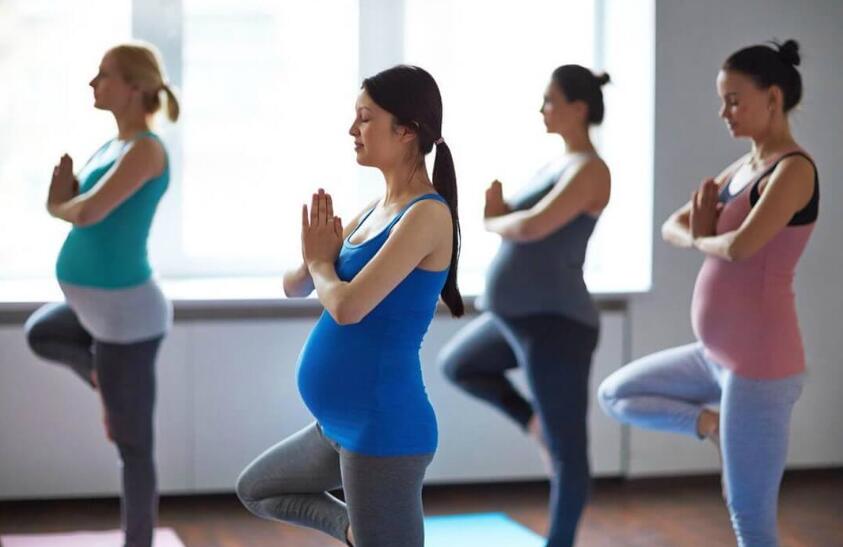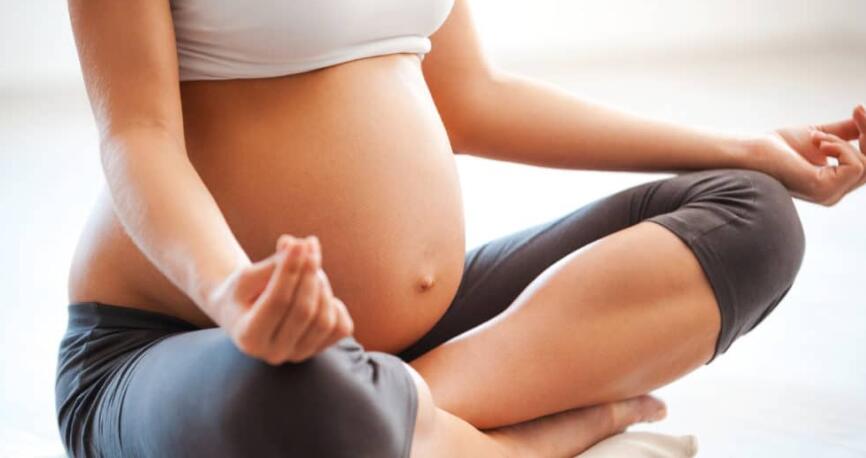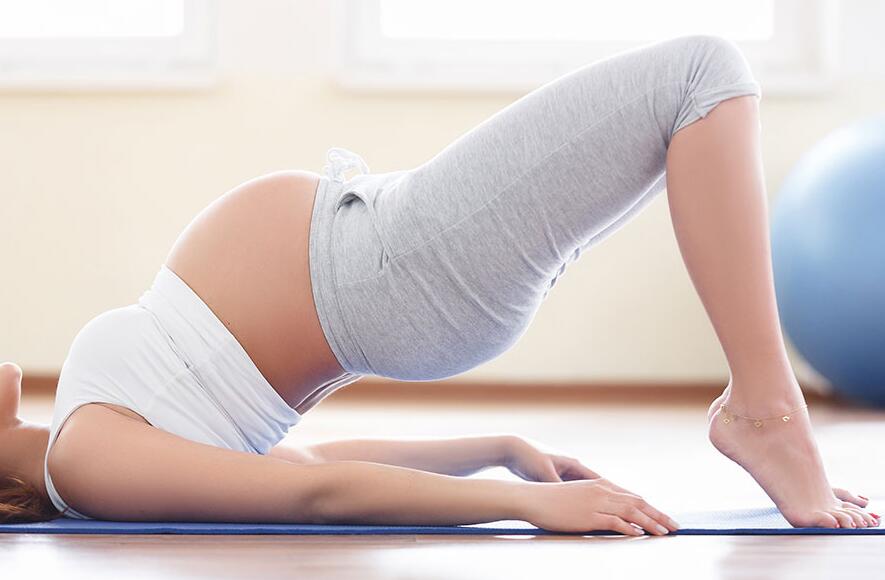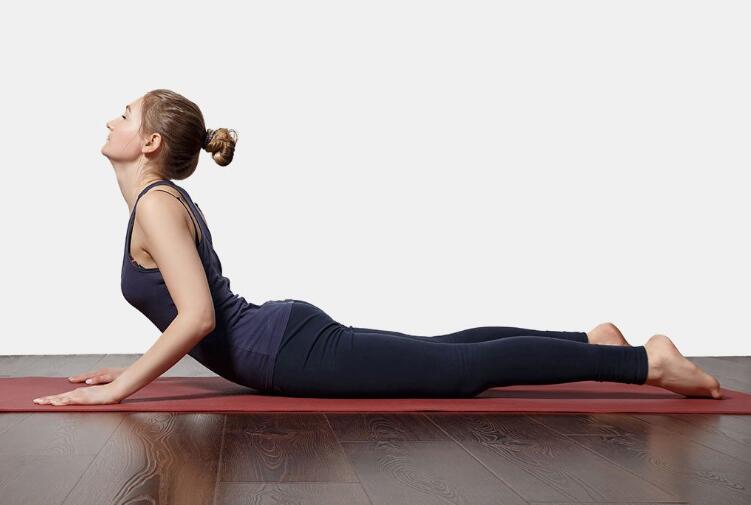Congratulations on your pregnancy! As your body changes, you must ensure that you practice yoga safely and correctly.
Many women continue to practice yoga throughout their pregnancies, but there are some important things to remember when switching from regular yoga to prenatal yoga. So, when to switch to prenatal yoga?
In this blog post, we will discuss when it is time to transition from regular yoga to prenatal yoga and what modifications you can make to ensure that you stay safe and comfortable throughout your pregnancy.
How Is Prenatal Yoga Different From Regular Yoga?

Prenatal yoga is a special form of yoga that is designed specifically for pregnant women.
Prenatal yoga aims to help women stay healthy and comfortable during pregnancy and prepare them for childbirth’s physical and emotional challenges.
Prenatal yoga classes often focus on breath work, relaxation, and gentle stretching.
Most regular yoga classes are unsuitable for pregnant women, as they can put too much strain on the body.
Prenatal yoga classes typically focus on gentle stretching and breath work and often incorporate props such as blankets and bolster to support the body in specific poses.
In contrast, regular yoga classes are not focused on pregnancy and childbirth and may be more strenuous, with a faster pace and more challenging poses.
As such, prenatal yoga is a great option for expectant mothers who want to continue practicing yoga during pregnancy but who may not feel up to the demands of a regular yoga class.
Related Post:
Could Bouncing on a Ball Induce Labor?
When Can I Start Taking Prenatal Yoga In Pregnancy?

There is no one-size-fits-all answer to this question, as every pregnancy is different. However, most experts recommend switching to prenatal yoga when you reach the second trimester.
This is when your baby starts to grow and your body starts to change, so it is important to make sure that you practice yoga in a way that is safe for you and your baby.
But as your pregnancy progresses, you may wonder if it’s time to transition from regular yoga to prenatal yoga. Here are a few things to consider:
1. How far along are you in your pregnancy?
If you’re in your first or second trimester, you can probably continue regular yoga for a little longer.
But as you get closer to your due date, it’s a good idea to switch to prenatal yoga, which is specifically designed for pregnant women.
2. Are you experiencing any pregnancy-related issues?
If you’re dealing with morning sickness, fatigue, or back pain, prenatal yoga can help alleviate some of those symptoms.
3. Do you feel comfortable in a regular yoga class?
If you don’t feel comfortable with the other students in a regular yoga class, it may be time to switch to a prenatal class, where you’ll be surrounded by other pregnant women who are in the same boat as you.
So, when should you transition from regular yoga to prenatal yoga? Ultimately, it’s up to you. But prenatal yoga is definitely worth considering if you’re pregnant and looking for a way to stay healthy and fit.
Related Post:
Can You Do Hot Yoga when Breastfeeding?
How To Modify Your Yoga Practice When Pregnant?

You can modify regular yoga poses to stay safe and comfortable during pregnancy.
For example, you may want to use props such as blankets or pillows to support your body, or you may need to modify certain poses.
Here are a few tips on how to modify your yoga practice when pregnant:
1. First, always consult with your doctor before beginning or continuing any type of yoga practice, especially if you’re pregnant.
2. Second, focus on breath work and relaxation. Pregnancy is a time when you want to focus on connecting with your baby and relaxing your mind and body.
3. Third, choose gentle yoga postures that won’t put too much strain on your body. Avoid any postures that require you to lie flat on your back after the first trimester, as this can reduce blood flow to the uterus.
4. Finally, listen to your body and don’t push yourself too hard. Pregnancy is not the time to push your limits. If something doesn’t feel right, stop doing it and rest.
Yoga should be a time of relaxation and peace, not pain or discomfort. Following these simple tips, you can continue enjoying all the benefits of yoga during pregnancy.
Prenatal Yoga Poses To Avoid

Pregnant women often turn to yoga as a way to stay fit and relaxed during pregnancy.
However, not all yoga poses are suitable for pregnant women. Some poses can put strain on the back or abdominal muscles, which can lead to pain or injury.
In addition, some poses can cause the baby to shift position in the womb, which can be dangerous.
For example, any pose that requires you to lie flat on your back after the first trimester should be avoided, as this can reduce blood flow to the uterus.
Other poses to avoid include:
- Deep twists
- Camel pose
- Belly down poses such as Cobra and Downward Facing Dog
- Headstands or handstands
- Any pose that puts pressure on the abdomen or breasts
These poses can cause the baby to shift position in the womb, which can lead to complications.
Pregnant women should also avoid deep twists and any otherpose that puts pressure on the abdomen.
By avoiding these yoga poses, pregnant women can help ensure a safe and healthy pregnancy.
If you’re not sure whether a certain pose is safe for you to do, always consult with your doctor or a qualified prenatal yoga instructor.
Conclusion
Pregnancy is an amazing time in a woman’s life, but it can also be a time of uncertainty and anxiety. Practicing yoga can help alleviate some of the stress and tension that comes with pregnancy.
But as your pregnancy progresses, you may need to transition from regular yoga to prenatal yoga in order to stay safe and comfortable. Ultimately, it’s up to you when to make the switch.
But if you’re pregnant and looking for a way to stay healthy and fit, prenatal yoga is definitely worth considering.
